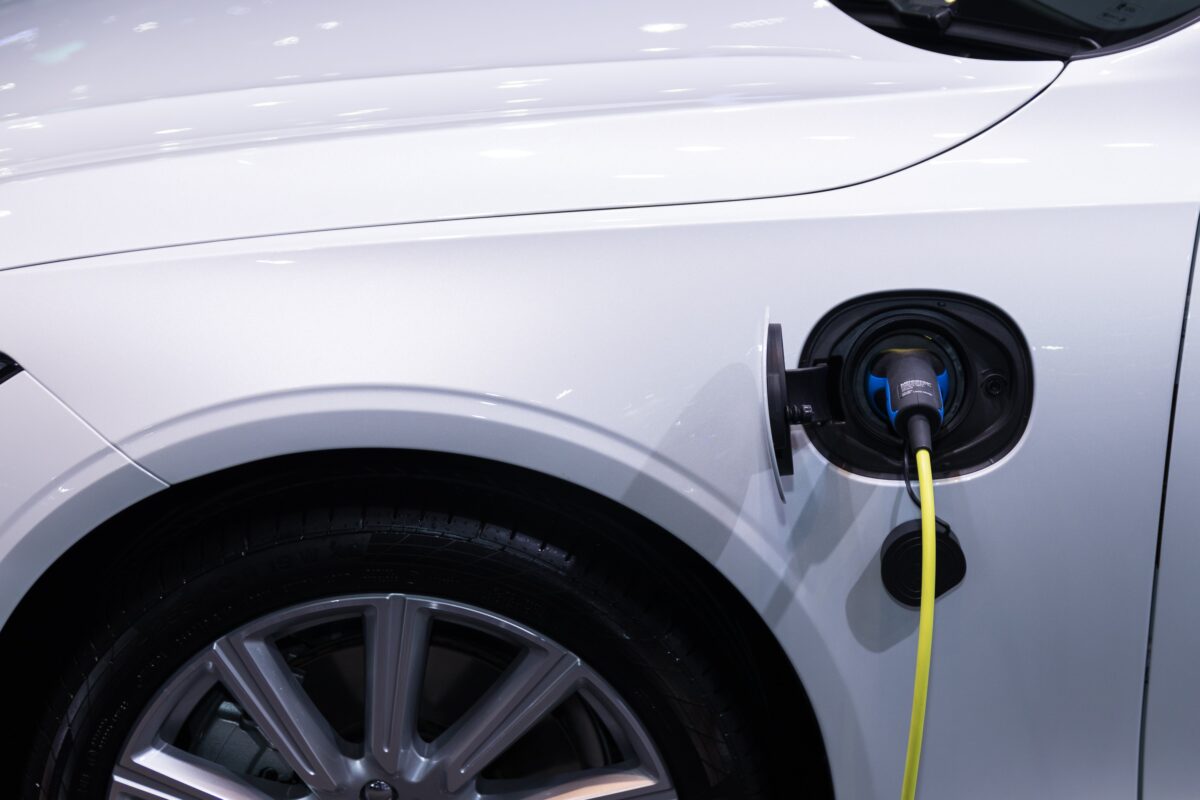
The recent headlines regarding the forced transition from gasoline- and diesel-powered vehicles to electrical vehicles (EVs) are screaming “Slow down!” even as federal and state governments are barreling along trying to regulate and mandate them.
The market and the current technology have shown plenty of warning signs they are not ready at this point, but the government seems bent on recklessly jeopardizing our national and economic security to push its environmental agenda. While EVs likely have a role in our future transportation, it is time to hit the pause button and develop a better strategy moving forward into a strategy that includes a competitive marketplace and technical considerations, and not just massive governmental intervention in our economy.
This point was driven home recently by Akio Toyoda, the chairman of Toyota Motor Corporation. He urged policy makers to hedge their bets by investing in alternatives to EVs, including hybrid technology and alternative fuel sources such as hydrogen. Toyota sales of hybrids are reportedly red hot while companies such as Ford are reporting sluggish sales and growing inventories of non-hybrid EVs.
The government’s incentives and mandates are massive, with Goldman Sachs estimating that up to $3 trillion in “incentives” for green energy are included in the Inflation Reduction Act. While this includes wind and solar power, a significant portion of the funds are also targeted toward the transportation industry. The Michigan state government is committing billions of dollars in subsidies, incentives, tax abatements, and infrastructure improvements for the construction of two battery plants. In Illinois, the state government is looking at spending several hundred million dollars on another battery plant.
Unfortunately, these three plants have significant ties to the Chinese Communist government. That’s right, our federal and state governments are investing huge sums of money into projects that will benefit a foreign government, one that might not have America’s best interests in mind.
In California, the government has initiated a ban on the sale of all new gas-powered automobiles by 2035. Maryland, Massachusetts, New Jersey, New York, Oregon and Washington have similar measures in place. With the massive financial incentives, and evolving government mandates and restrictions, it’s no surprise that companies like GM have announced plans to only produce EVs by 2035.
It is obvious that the federal government and some states have made the decision that the future is EVs, whether the market and the technology is ready or not. It is also worth noting that few, if any, of the major decision makers at the federal and state level will be there to deal with the consequences of the industrial policy they are putting in place today. Further, this government’s industrial policy should be of significant concern: it undercuts the ability of the market and consumers to drive innovation, substituting it with the heavy hand of government that is more likely to stifle innovation and creativity.
Some comically predictable results already have taken place. Energy Secretary Jennifer Granholm went on a well-publicized and taxpayer funded road trip to highlight the wonders of EVs. There were so few EV charging stations along the route, that she had her team ride ahead in gasoline-powered vehicles to snag and hold an EV charger so she would not have to wait for one. An infuriated citizen who wanted to use that charger actually called the police to report what was going on.
Ford CEO Jim Farley also had a disappointing experience in his publicity tour to promote EVs. He acknowledged that “charging has been pretty challenging,” and that he only could get the EV batteries charged to 40% in 40 minutes. He described it as a good reality check for what customers go through. For Ford shareholders, one would think the company would have done the reality check before going to market, not after it already had invested billions.
The harshest reality check may come in the form of expensive inventory build-up of unsold EVs that Ford thought customers would buy but is now finding out that customers do not want. Market realities, despite the massive government intervention in the marketplace, may be why Ford and GM are scaling back their ambitious EV production plans for the future, and why Ford has temporarily paused the planned construction of a battery plant in Marshall, Michigan and another in Glendale, Kentucky.
Another red flag for EVs is the lack of profitability for Ford and GM’s models. Ford lost $32,000 on every EV it sold in 2023 and expects its EV business to lose $4.5 billion on the year. GM saw its quarterly profits cut by $1.5 billion due to EV losses. Meanwhile, EV market leader Tesla reported shrinking margins and higher costs in the third quarter of 2023, with profits down 22% on the year.
Taxpayers also are being put at risk by a lack of proper financial controls within the federal government. These weaknesses were highlighted by Teri Donaldson, Inspector General of the Department of Energy’s (DOE), who testified before Congress that mandates for quick spending in the Inflation Reduction Act (IRA) opened the door to abuse. Donaldson stated, “We have massive amounts of money, all of these things happening at once create a level of risk that may candidly be described as unprecedented.”
Under the IRA, the DOE’s small loan program office saw its loan authorization and guarantee level balloon to nearly $400 billion, but the office only has three in staff and no written procedures. To put it in perspective, Donaldson testified that Wells Fargo, one of America’s largest lenders, had an outstanding domestic and commercial loan balance of $292 billion at the end of 2022. Additionally, because these programs are inherently risky because they are new and based on technology that is still being proven, DOE is being forced to evaluate proposals that are unable to secure traditional financing. If they fail, taxpayers are the ones who will foot the guaranteed loan bill.
Putting this all together, it is an obvious recipe for disaster — a disaster that risks hundreds of billions of taxpayer dollars through agencies that seem only questionably able to evaluate proposals using taxpayer support. This current policy is also a disaster of central government planning that risks America’s long-term leadership position in the transportation industry. It is time for our policy makers to stop and seriously evaluate if we as a nation are prepared to make these gigantic investments in unproven technologies that risk our nation’s energy and transportation leadership.
Now is not the time for communist-style “central planning,” or to let ideologues drive America’s policy and its future over the proverbial cliff.






Recent Comments